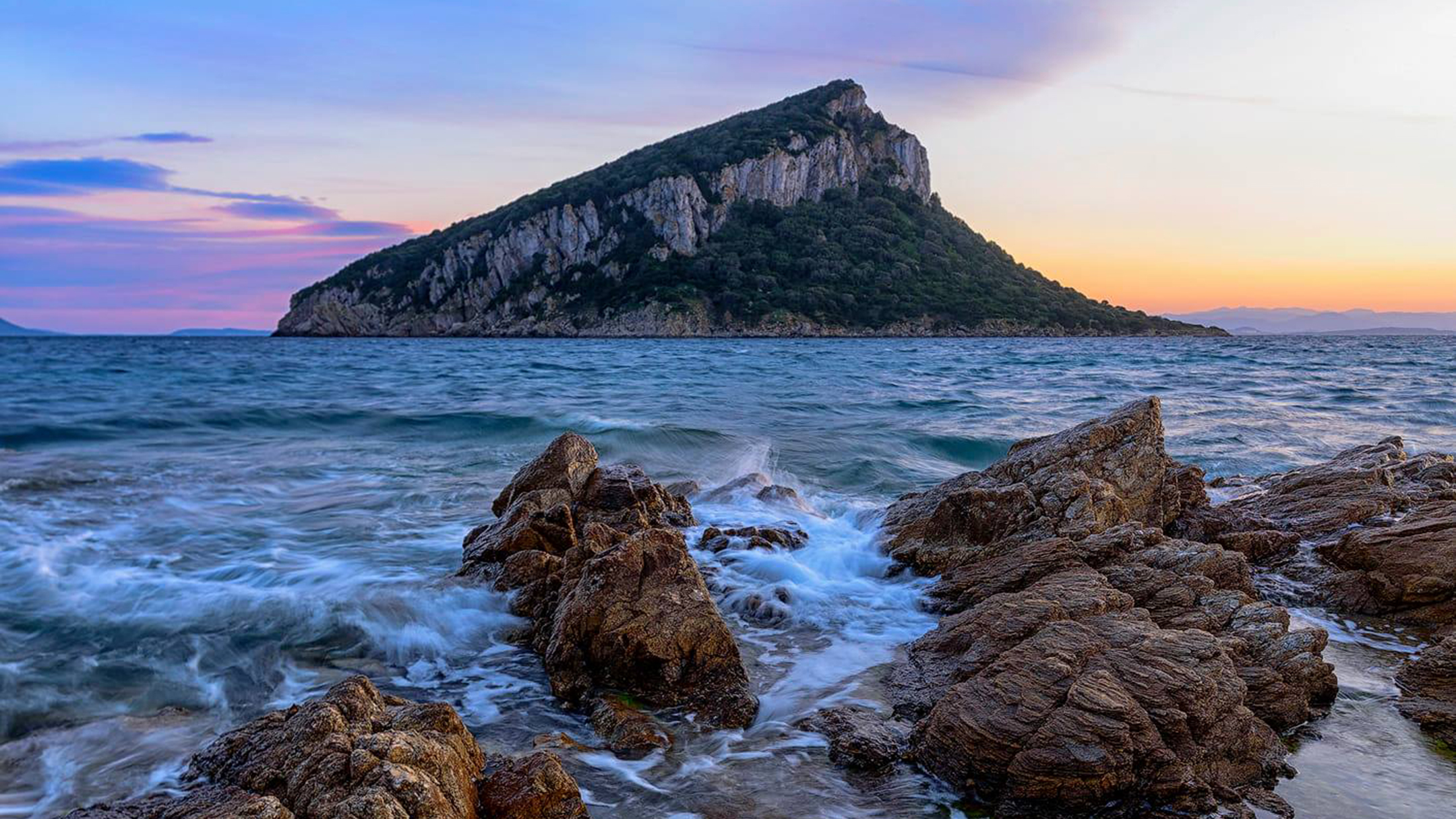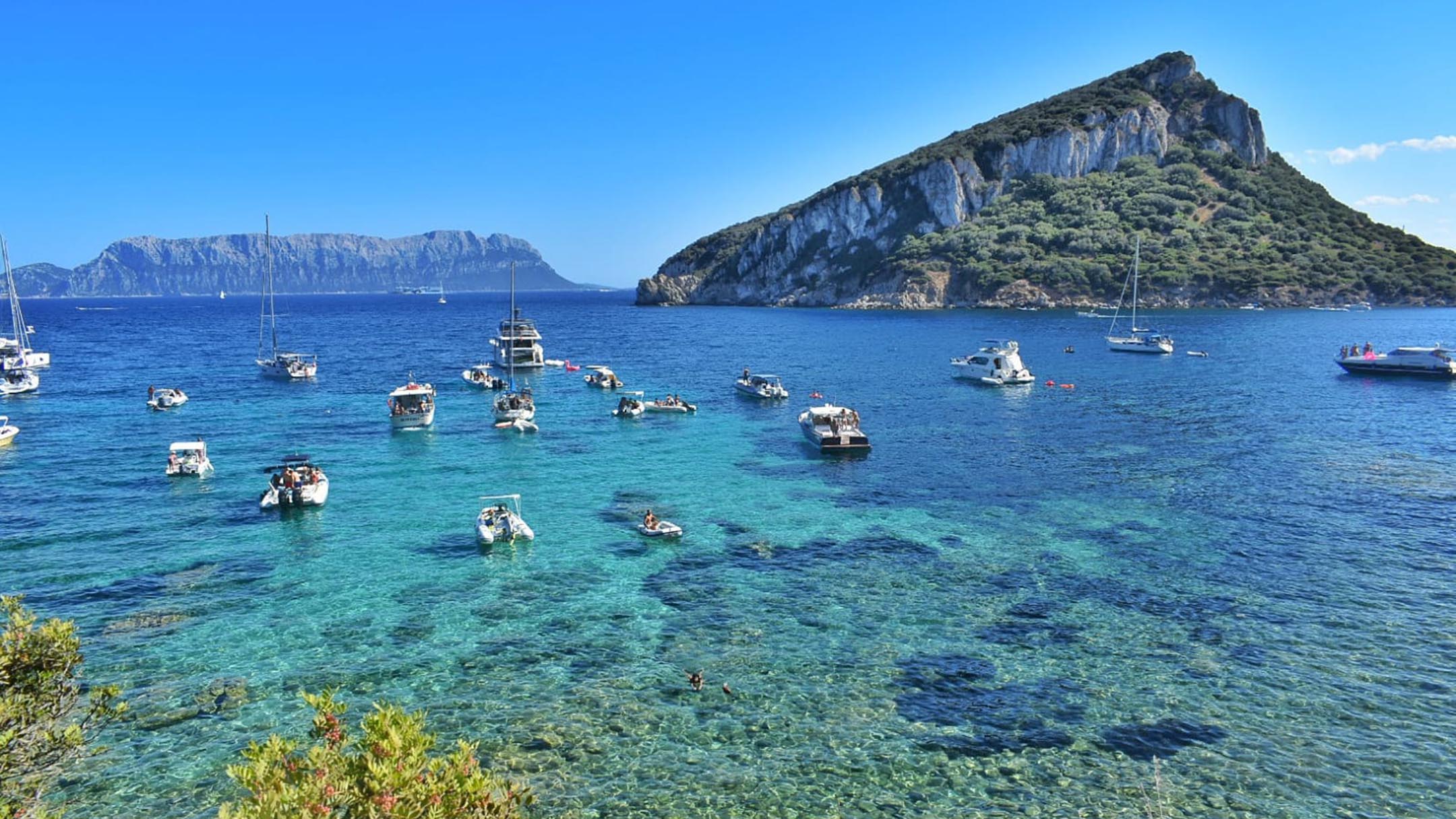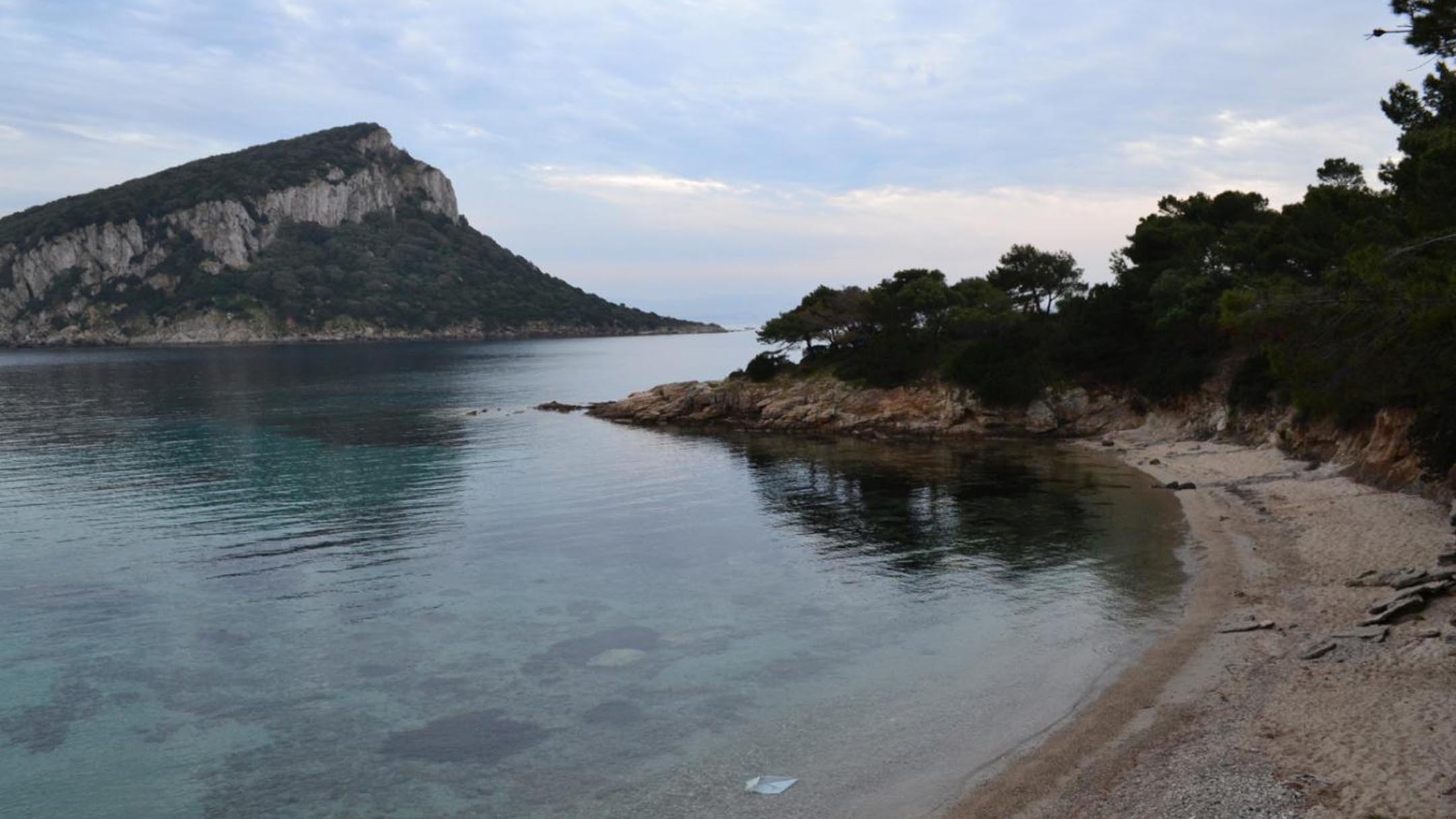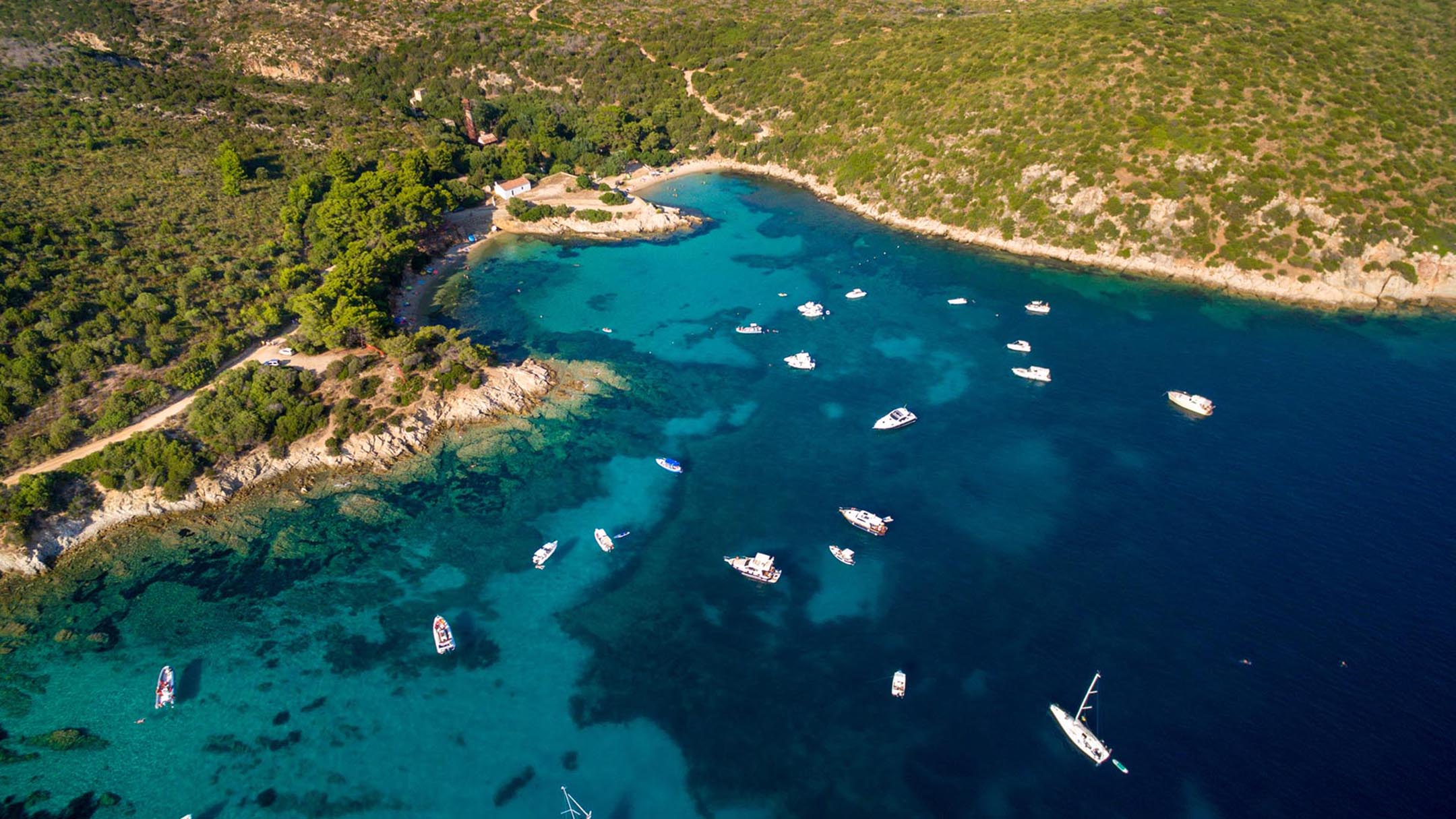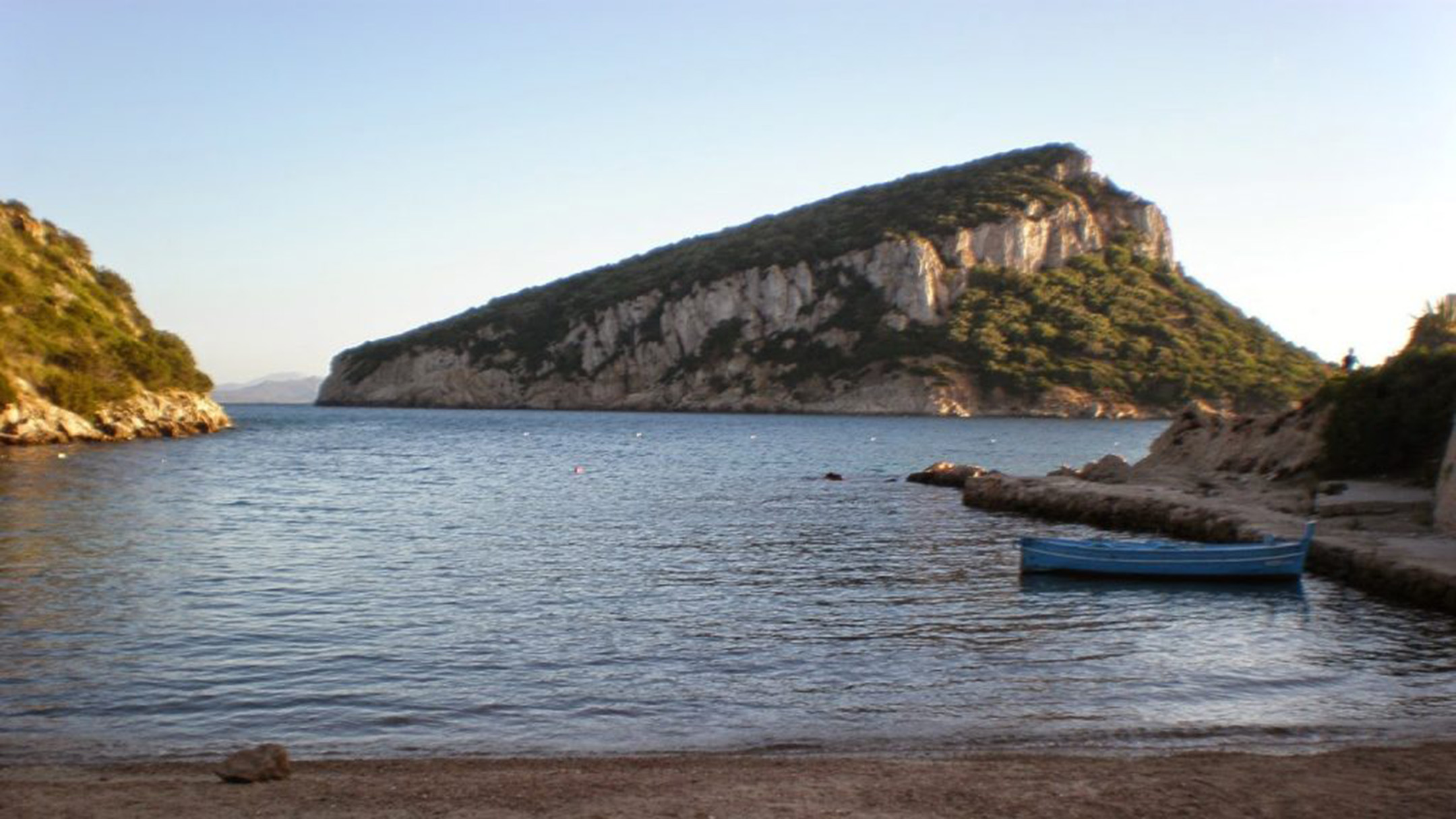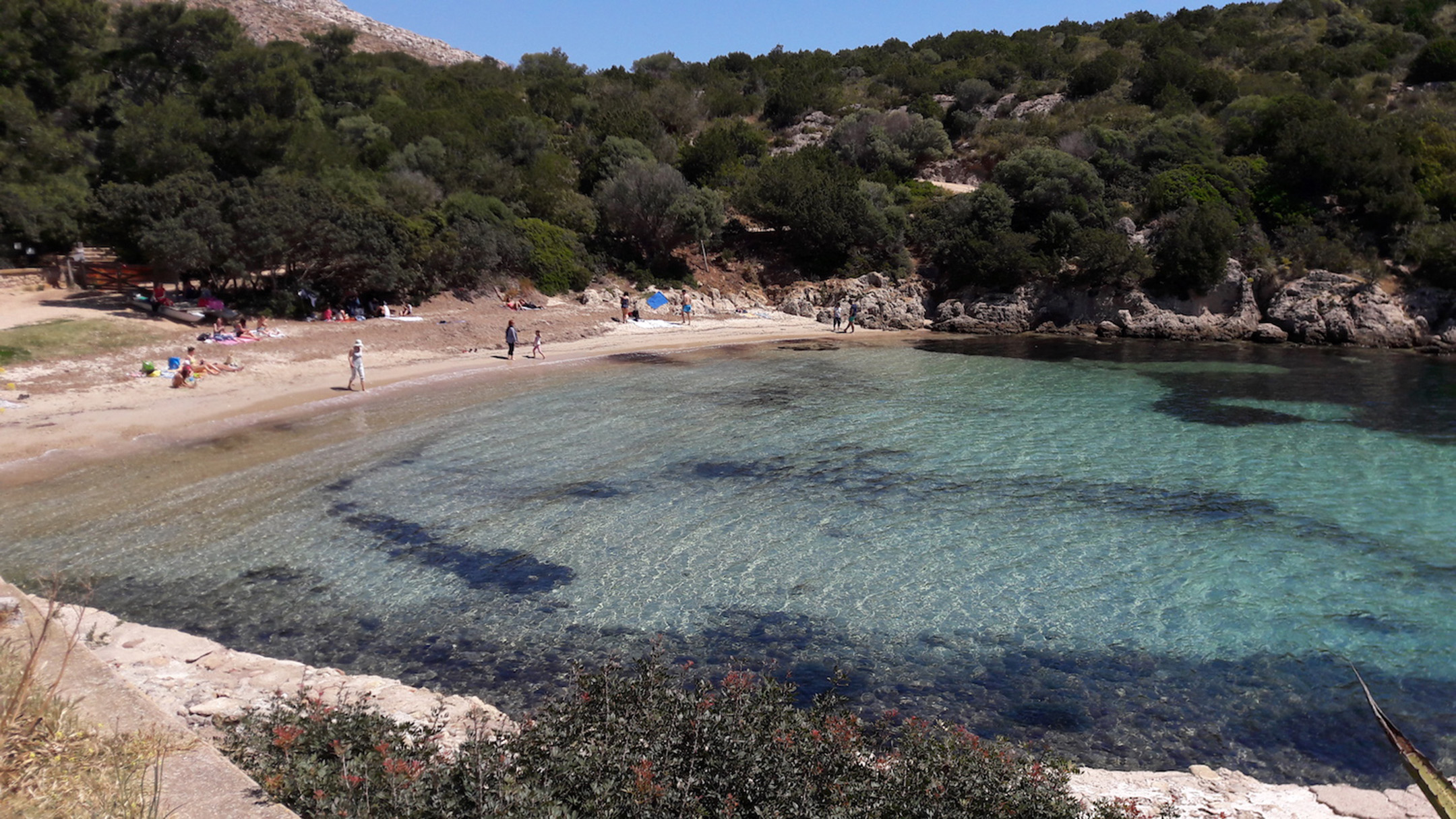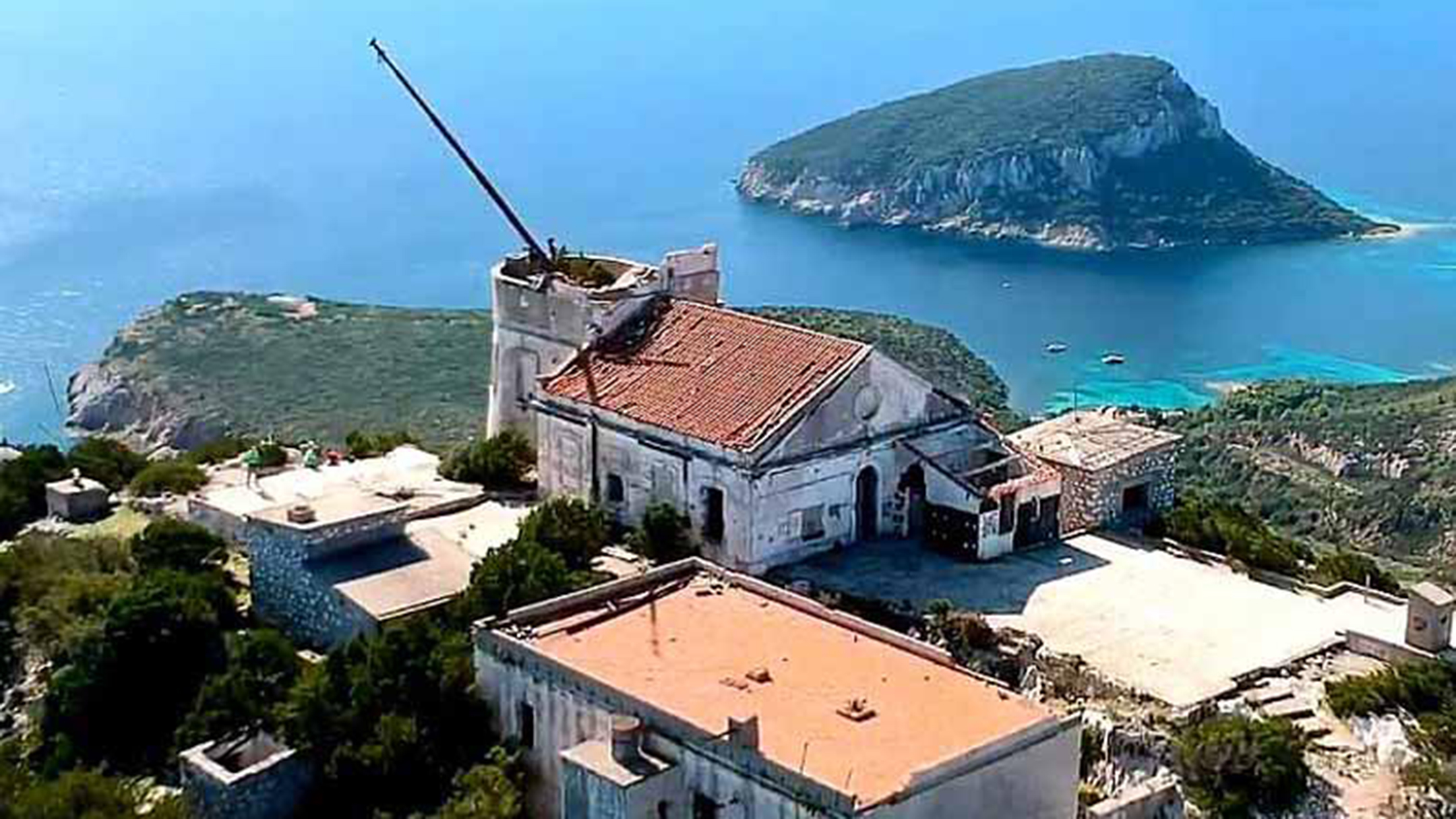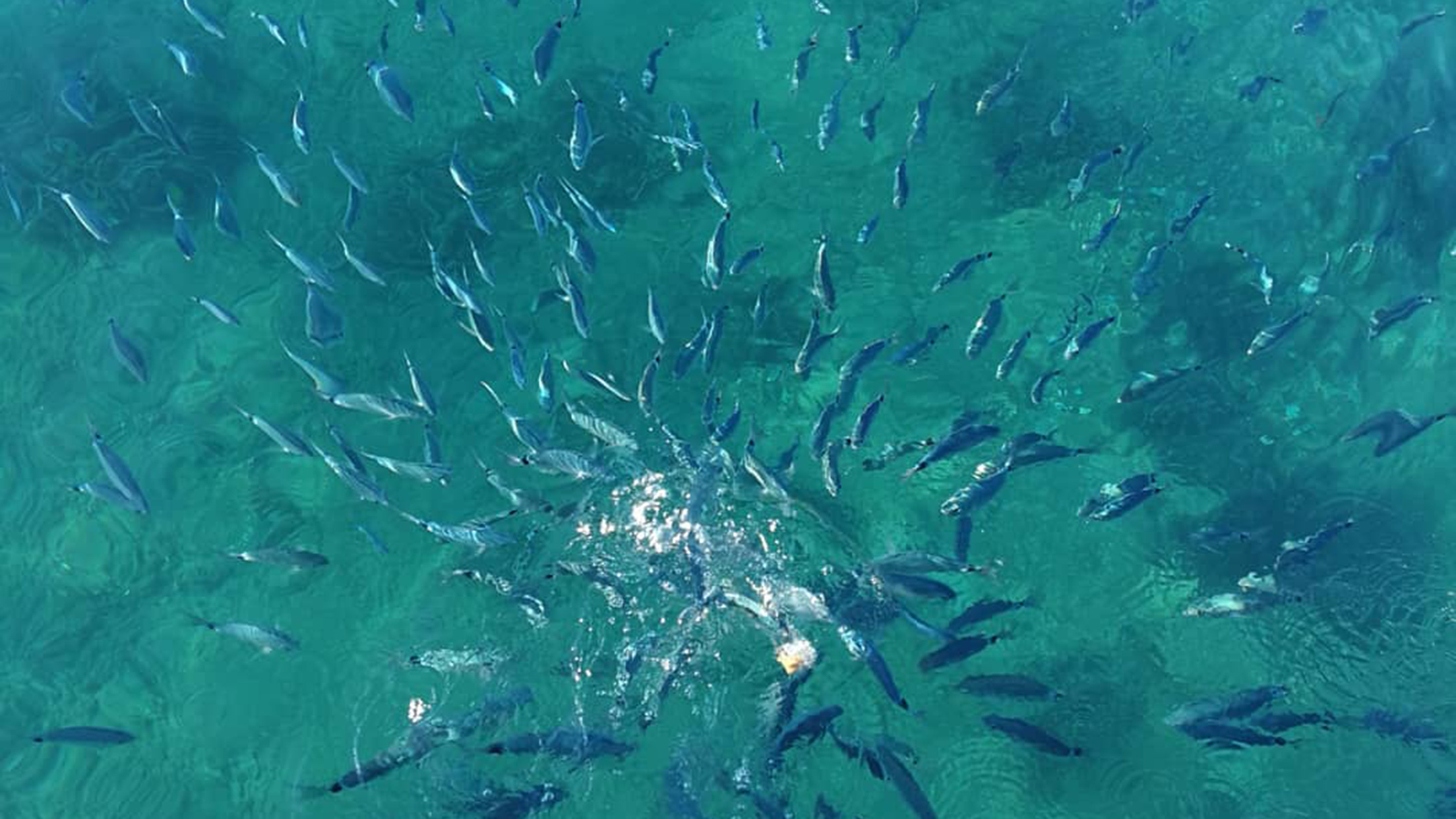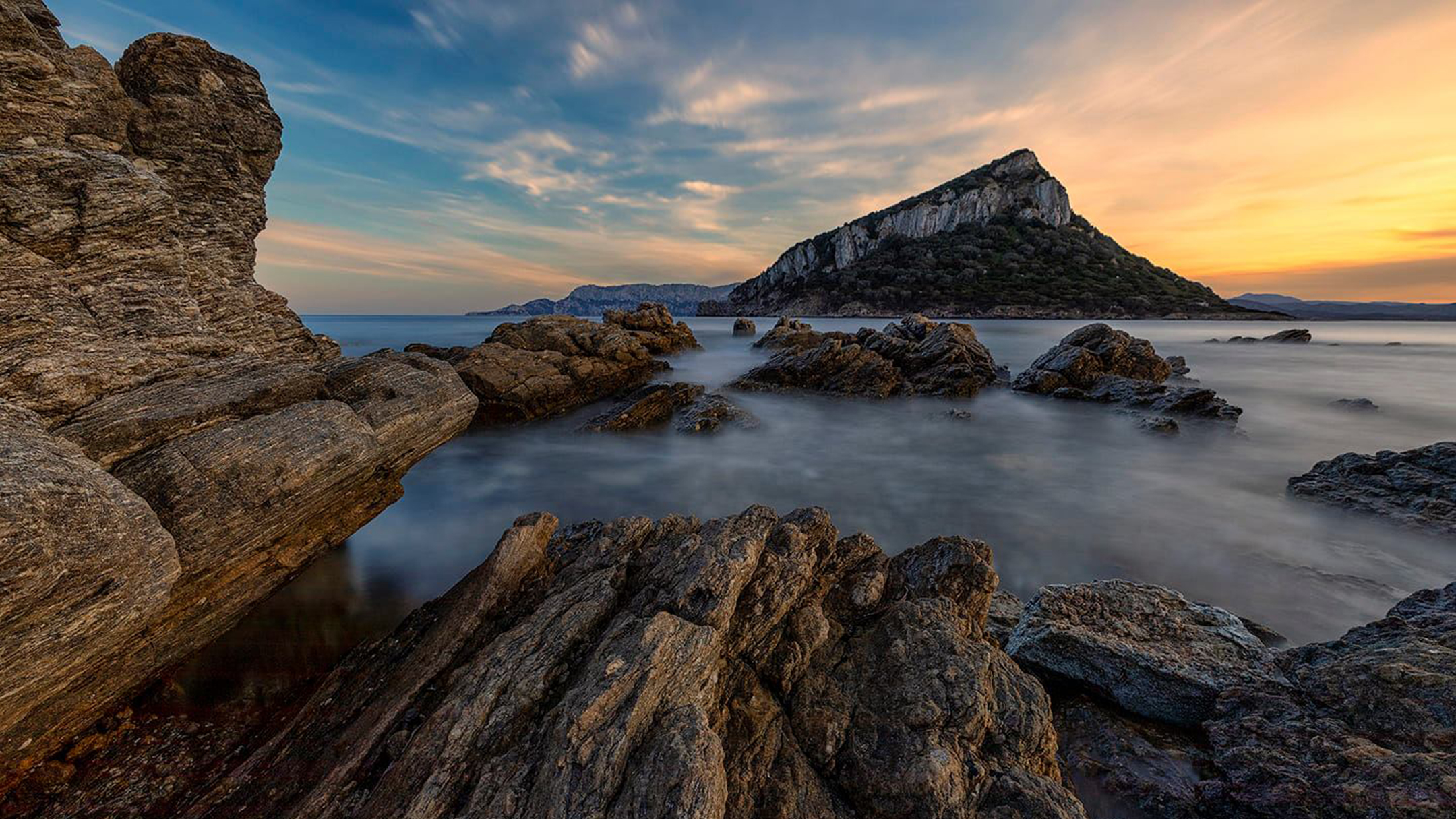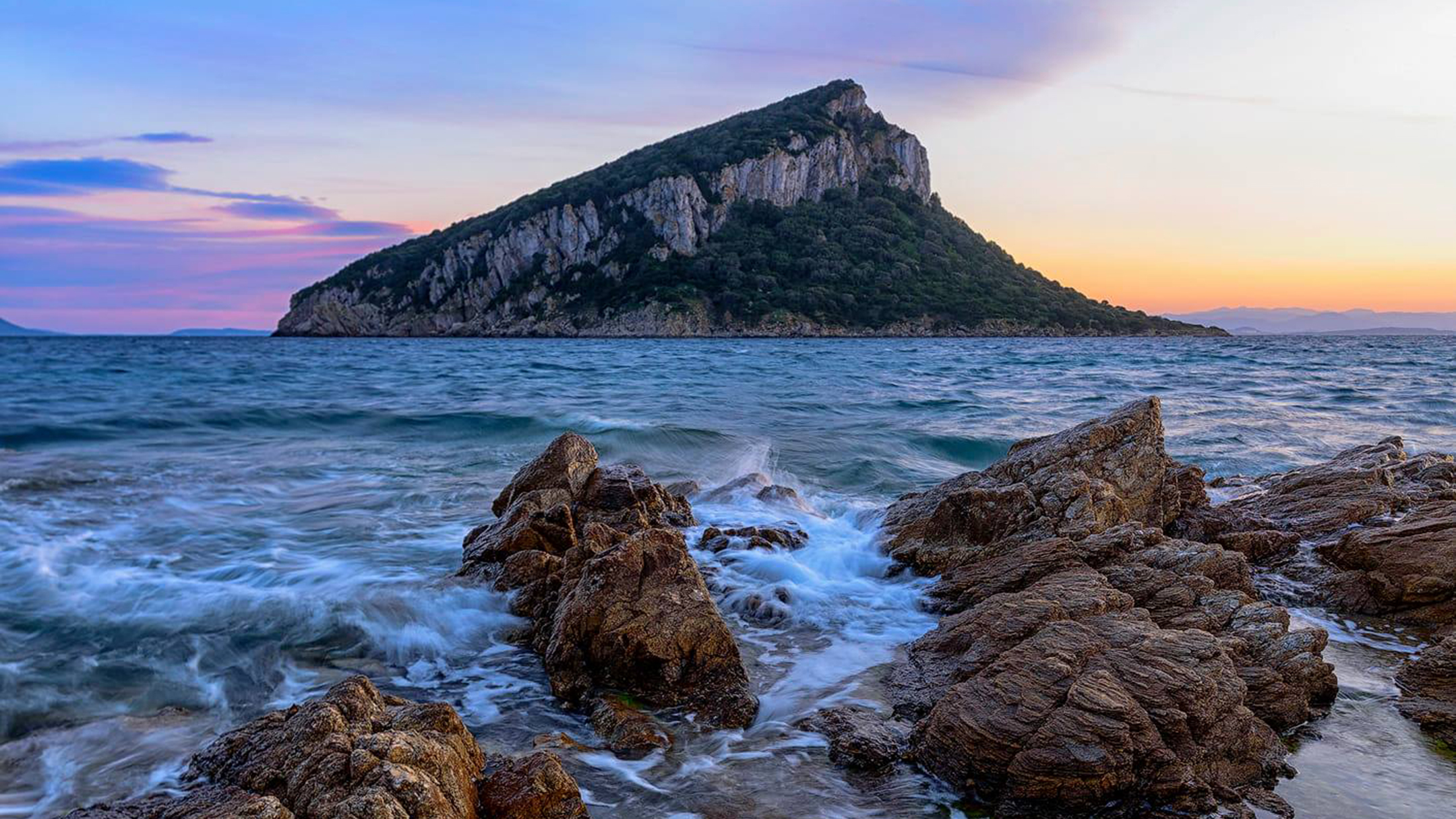Cala Moresca
A few minutes from the inhabited center of Golfo Aranci, along the north-eastern coast of Sardinia, in a very small natural cove expertly designed at the foot of the Capo Figari promontory, the enchanting beach of Cala Moresca hides shy and solitary.
It actually consists of two delightful coves of fine golden sand immersed in a still wild and unspoiled nature from which you can enjoy the priceless view of the islet of Figarolo which with its pyramid shape faces the beach emerging a short distance from the coast.
The sea that bathes it is deep and of an amazing emerald color that recalls distant tropical paradises and which contrasts with very light rocks and rocks ideal for those who love diving and snorkeling
Behind the beach there is a luxuriant pine forest that offers some refreshment during the hottest hours of the day.
How to get there
Curiosity
The islet of Figarolo is of calcareous origin and, at its highest point, exceeds 130 meters. The Mediterranean vegetation that covers it hosts several protected species such as mouflons and peregrine falcons. The seabed is also rich in a varied fish fauna.
The road ends near Cala Moresca so the other nearby beaches – including Cala Greca and Cala del Sonno, can only be reached on foot, along a fairly bumpy path, or by boat.
The name “Moresca" derives from “morus" in the distant past in fact this area was subject to Saracen raids
From Olbia along the SP 82 towards Golfo Aranci port. Immediately after the level crossing, turn right and continue straight for about 2.5 km (most of which is a dirt road). Prohibition to reach the Cala with motor vehicles.
In this still natural and uncontaminated environment there is a furnace, now in disuse, used in the past for the production of lime, while near the beach a mule track allows you to go up to the old navy traffic light located at about 340 meters high. – dating back to 1890 – from which you can enjoy a breathtaking view. This is also the place from which, on 11 August 1932, Guglielmo Marconi experimented with the sending of radiotelegraphic and radiotelephone signals.

